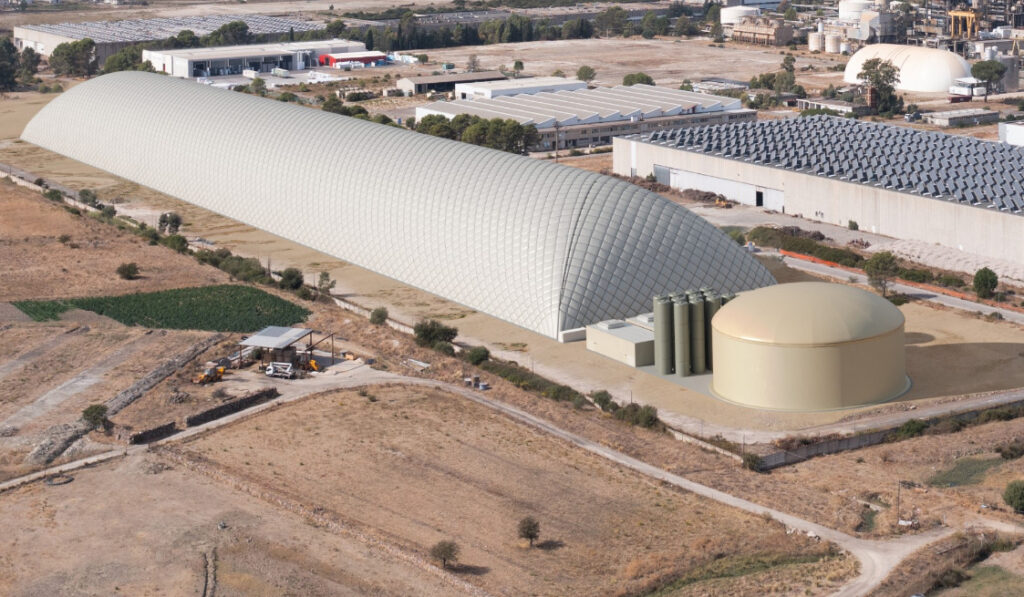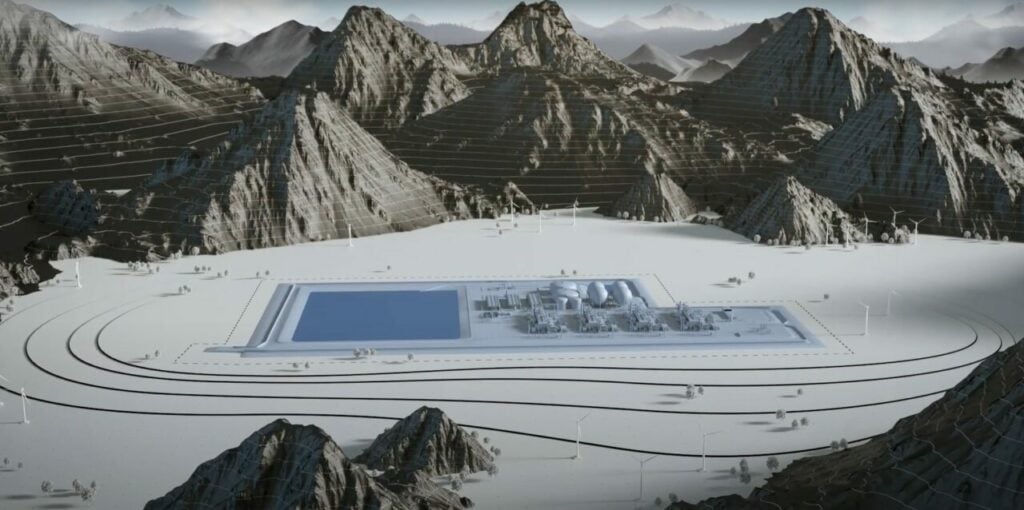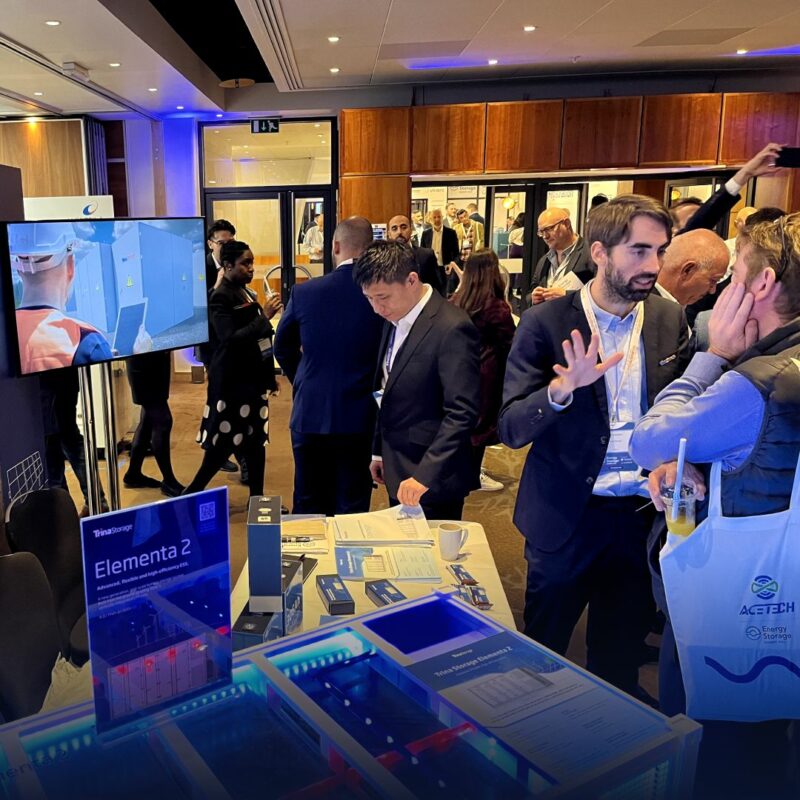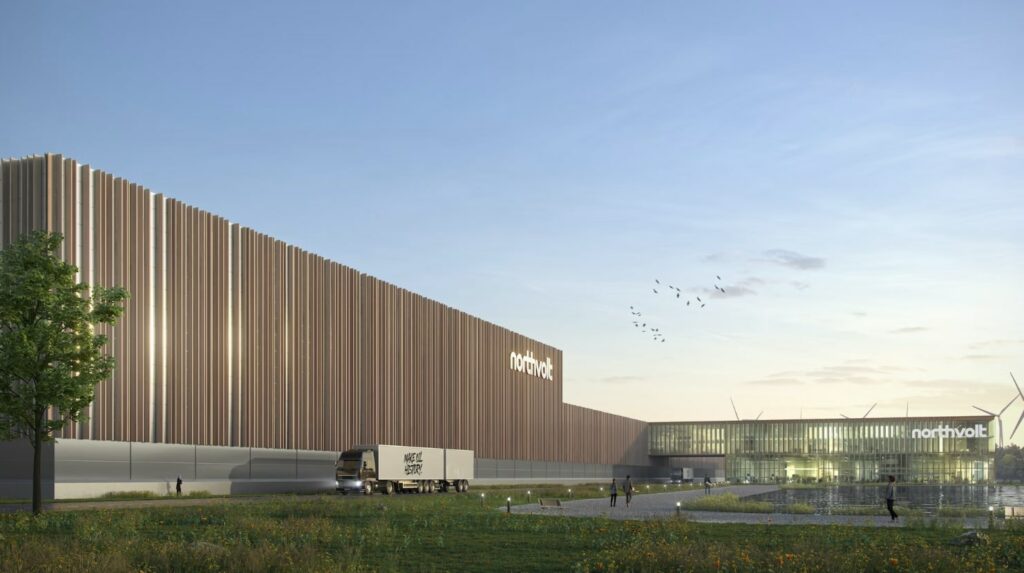



This Friday briefing looks at the trend of long-duration energy storage (LDES) technology companies in project development, what role Europe’s gigafactory projects play in the continent’s energy storage system (ESS) market, and the inherent challenges that come with vertical integration.
LDES firms or project developers?
This week we published our interview with Energy Dome, the CO2 battery company founded in Italy, which touched on the company’s move into project development.
Enjoy 12 months of exclusive analysis
- Regular insight and analysis of the industry’s biggest developments
- In-depth interviews with the industry’s leading figures
- Annual digital subscription to the PV Tech Power journal
- Discounts on Solar Media’s portfolio of events, in-person and virtual
We had the same discussion with advanced compressed air energy storage (A-CAES) company Hydrostor a few weeks ago, while Energy Vault – which has now connected its gravity storage project in China to the grid – is doing the same for some of its US projects.
Each will give its own particular reasons for doing so, but we suspect the primary one is that the only way to get large-scale projects underway using their tech is to do it themselves (Energy Vault’s China project is being rolled out through a technology licensing agreement with an outside company, however).
The project development market just hasn’t bought into LDES in the way some expected it would.
Europe plans 1TWh-plus of lithium-ion gigafactory capacity, but how much will go to ESS?
Numerous projects to build lithium-ion gigafactories across Europe are underway, primarily driven by EU-wide mandates that incentivise domestically manufactured batteries in electric vehicles (EVs) built on the continent.
Some of that capacity has been slated to go to the ESS market, but the most ESS-focused company building gigafactories, Freyr, has paused its European projects until it gets additional funding.
How much of the capacity will ultimately go to the ESS market? Are gigafactories being designed to serve both the EV and ESS market? In cases of the latter, could we see downstream vertical integration where gigafactories begin BESS assembly as well?
How much more expensive will a BESS with EU-made cells be versus a BESS with Chinese ones? And why does it need to be more expensive, for that matter?
Energy-Storage.news will be at Benchmark Mineral Intelligence’s Giga Europe event in Stockholm next week to ask these very questions.
Challenges of vertical integration
A gigafactory beginning BESS assembly is an example of downstream vertical integration, but it goes the other way too. Trina Storage, the BESS arm of solar PV giant Trina, talked to Energy-Storage.news about how its latest BESS product uses in-house manufactured cells.
That isn’t without challenges, though, beyond those that come with how capital-intensive and complex lithium-ion battery production is.
Going with your own cells means you are cutting out, and arguably competing with, your existing cell suppliers, without whom you’d never have had a BESS business in the first place. The argument is that you can better control quality by integrating your own cells, which is a compelling one but one that could be interpreted as a criticism of existing supplier’s technology.
This week on ESN Premium
Energy Dome: Tolling the CO2 Battery ‘with investment grade off-takers’
Energy-Storage.news learns why Energy Dome, maker of the proprietary CO2 Battery for long-duration energy storage (LDES), has moved into the project business.
We discuss a 40MWh project in Finland with both the BESS provider Merus Power and customer/project owner eNordic, the investment manager in the region for private equity firm Ardian.
Trina Storage: BESS product design and market strategy in focus
We sit down with Helena Li, executive president at Trina Solar, to discuss the launch of Elementa 2, the group’s new integrated battery storage solution.

